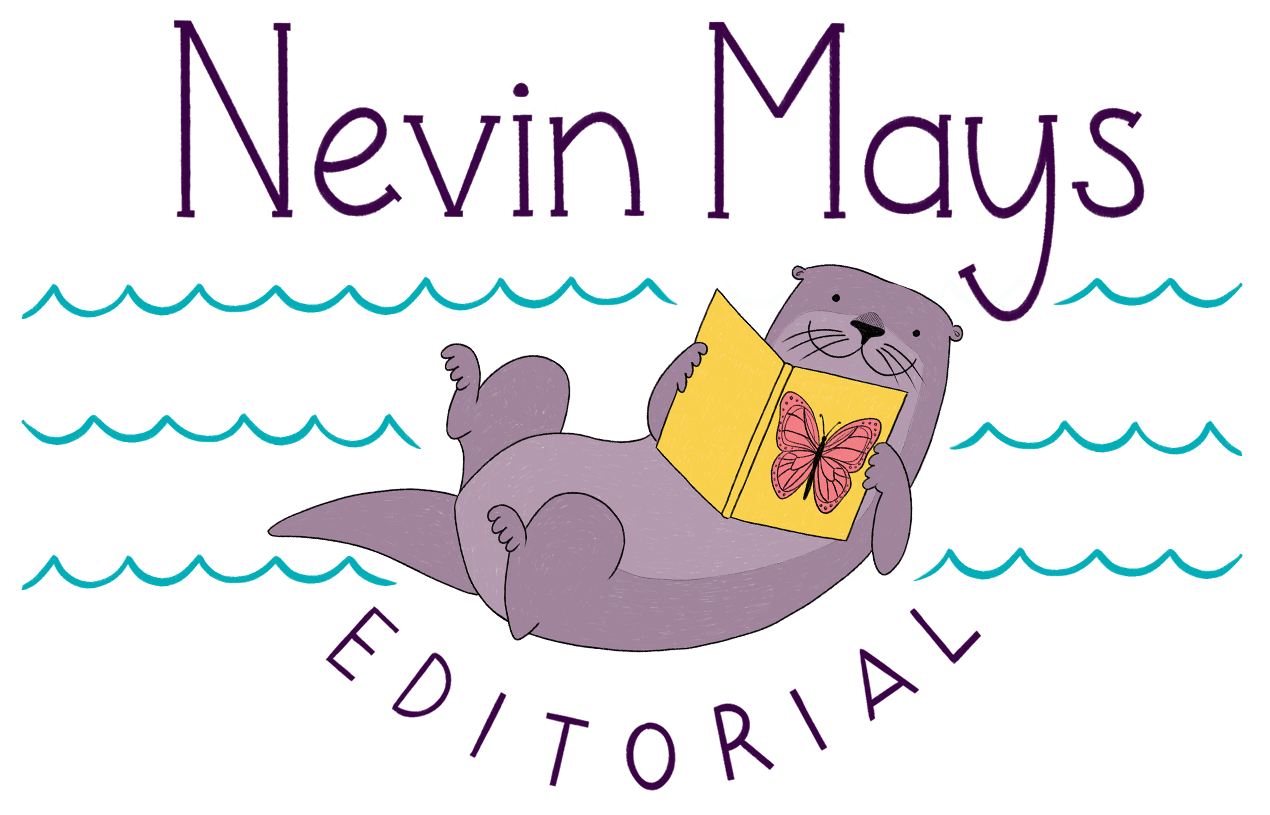Why you should kill your darlings (or at least set them aside for later)
Focusing on Valentine’s Day and on romance can limit the time of year when a book is most likely to sell. As I read the first draft of this story, I imagined myself back at the children’s bookstore I worked at and how I would recommend this story to parents and teachers. I knew I would think of this story in February, but probably not at other times of year.
How to mine your real life to create great fictional stories
I’ve had a lot of clients who used their own lives as the starting point for their fiction story. They aren’t writing memoirs or autobiographies. They’re using a moment, a feeling, a person, an experience from their own lives as a starting point from which they spin a tale. Many successfully published authors will tell you they do this, too. Our lives are great fodder for fiction.
There are a few tips to keep in mind that can help make it easier to use your own life in your fiction.
Why use repetition in picture books?
Repetition plays a major, if not always obvious role, in most storytelling. It can help build patterns, which is useful in guiding readers to particular conclusions or in solving a mystery, or it can create a feeling of familiarity and comfort, which helps readers understand and buy-in to new ideas. In picture books and books for new reading learners it helps with memorization and internalization. Also, it can be really fun!
How can characters act out their emotions?
I was watching a video of some kids dancing, recently—well, one of them was dancing. The other was running in figure 8s and 9s swinging his arms wildly in the air above his head. I’m a naturally cautious person and I kept cringing in anticipation of him whacking someone in the head or knocking something to the ground. But I also reveled in his obvious delight those helicoptering limbs portrayed. I was reminded of an action I’ve noticed occurring more and more in projects I've been editing:
The character “threw his arms up.”
I wonder if the character is overstimulated and letting off steam, like the boy in my dance video.
I help authors find their Aha! moments
This experience, the metaphoric light that emanates from a writer when they figure out what’s going to take their work from something with potential to something they can’t wait to share with young readers is what I hope to facilitate for all my clients. That is an Aha! moment.






